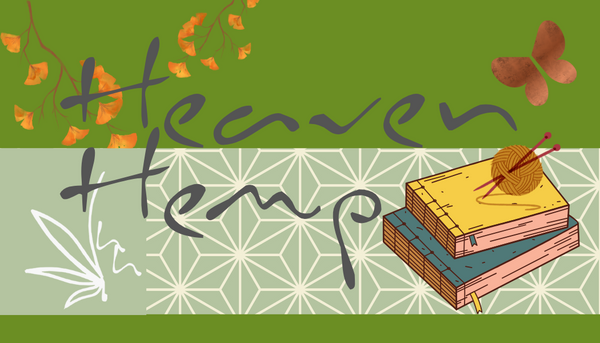
An Introduction to Wild Hemp...
Many of our range of bags have been made with wild Nepali hemp. The method of making this fabric is completely chemical free, gentle on the earth and involves no organised cultivation of hemp due to laws currently forbidding this in Nepal. Every fibre of hemp has been handplucked from the wild which has been the tradition for millenia. The plant is cut down, but the roots remain so as to not disturb the soil. This practice has allowed for the sustainable and continuous production of wild hemp fabric in Nepal, however in very limited quantity that still restricts Nepal manufacturing and exporting on a larger scale.
About Wild Hemp
The wild hemp fibres have been drawn by tooth and spindle method. It takes 10 days' work to make one kg of yarn.
After the end of the rainy season villagers leave their farms to gather hemp, the plants are cut above the ground without disturbing the soil. The plants then grows back with the next rains.
The fibrous inner bark is stripped from the plant and boiled in water and wood ash for about three hours and then left to simmer overnight. The plant material can then be beaten and the fibre removed. It is then rubbed with soil containing mica, which lubricates the yarn and makes separating and spinning the fibres easier. The fibre is dried in the sun and teased and is ready for spinning. This is done using a hand spindle indoors.
When the weather no longer permits anyone to work outside in the fields then time is spent sitting indoors and making yarn. The hemp cloth is then woven on a backstrap loom.
The yarn and cloth are bought directly from the producers in remote villages in the foothills of the Nepali Himalayas for a fair price.
Finally the cloth is cut and stitched into handbags, rucksacks, shirts, wallets and even shoes in our small workshop in Kathmandu.




